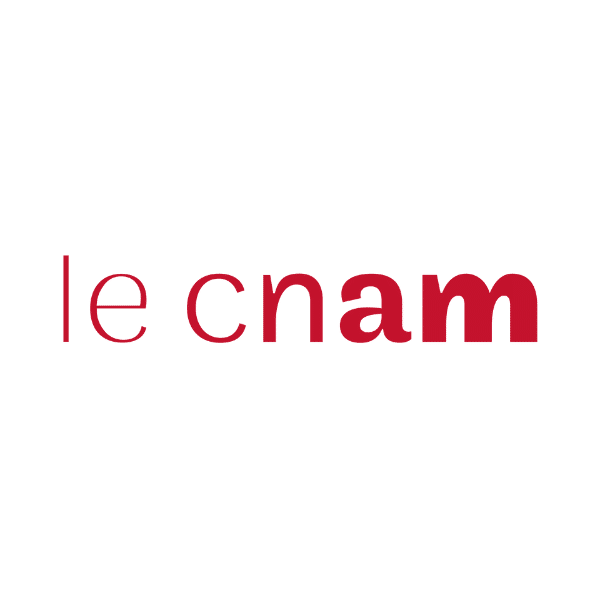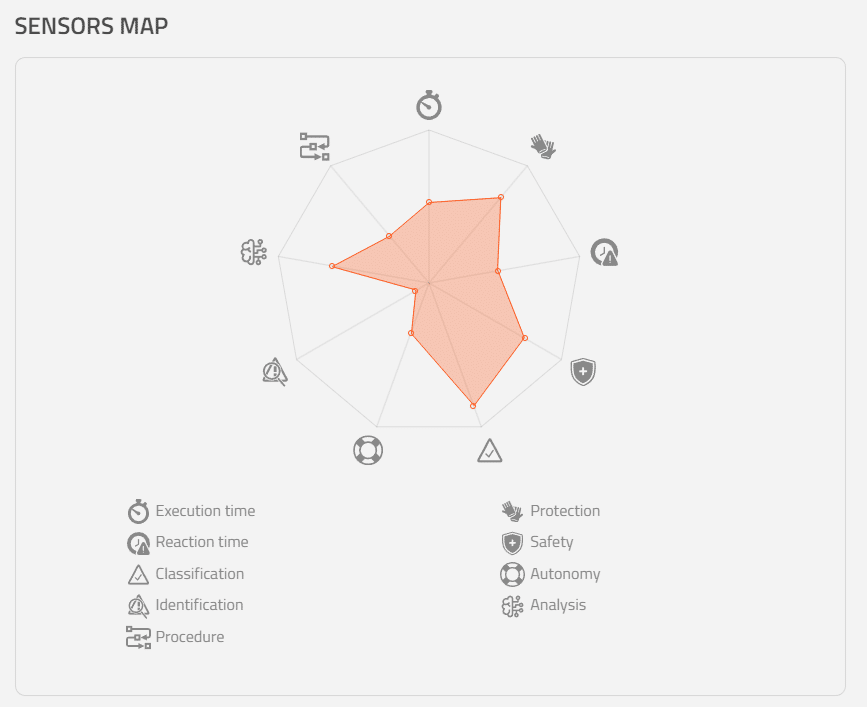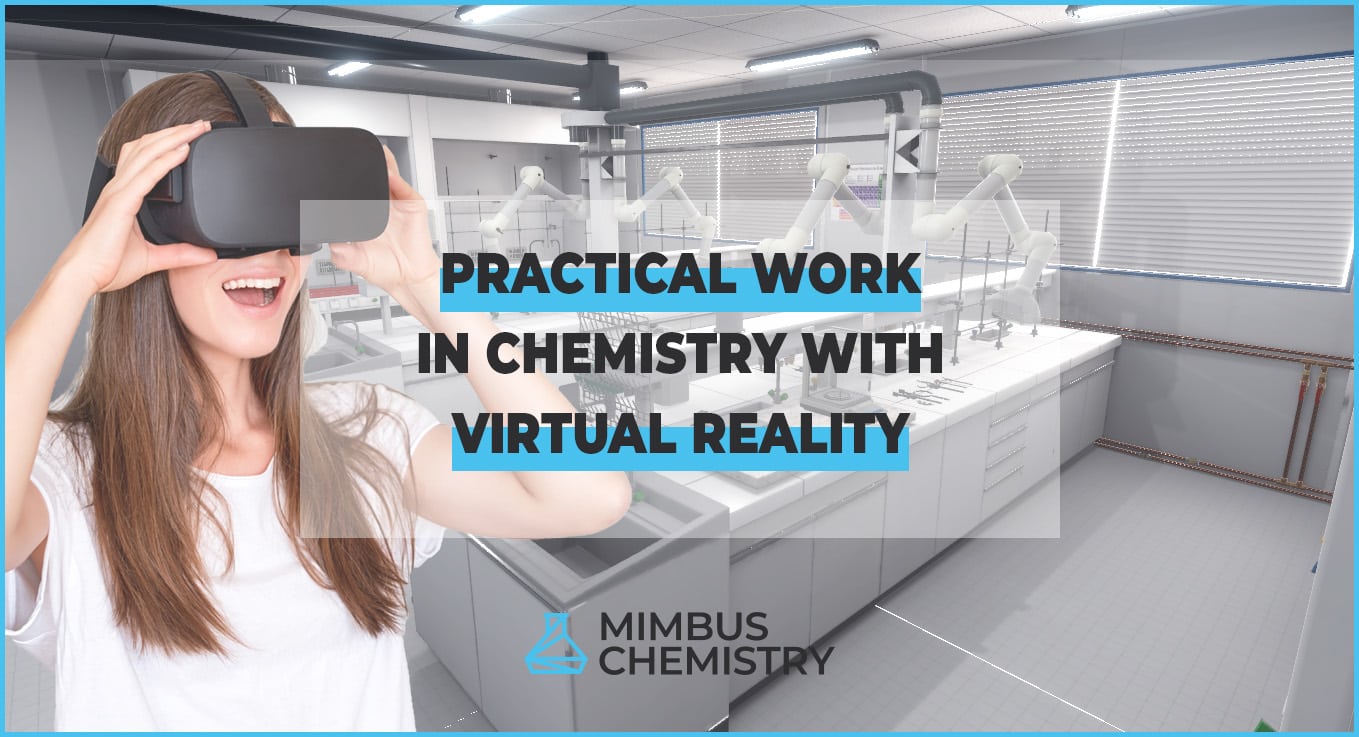Case studies
Client Profile
The Conservatoire National des Arts et Métiers (CNAM), a renowned public institution of higher education, has a specific focus on lifelong learning. With 200 centers throughout France and its overseas territories, the CNAM is a benchmark in the world of training.

Client Context
Innovation at the heart of the CNAM’s concerns
During the COVID crisis, the CNAM managed to deliver 90% of its courses by distance learning. Only the practical work could not be carried out remotely, as it required a presence on site, which the containment measures did not allow. A true pioneer in the digitization of its training courses, the CNAM wanted to go even further by developing a digital twin of its chemistry laboratory.
The Conservatoire National des Arts et Métiers therefore called on MIMBUS to design and develop virtual reality chemistry laboratory courses as part of the MIMBUS Chemistry project.
The aim of the project was to provide an immersive teaching tool for chemistry training for students in the chemical, pharmaceutical and agri-food industries. Mimbus and the CNAM’s national digital department are designing these in close collaboration with 15 teachers from 3 national teaching teams.
Customer needs
Educational objectives
One of the main challenges of the project was to enable students to enjoy an immersive experience in a chemistry laboratory in complete safety. This is where Virtual Reality came in.
Virtual reality enables dangerous events to be simulated without putting the students in danger: an explosion, a beaker breaking, or toxic vapor being emitted – anything necessary for learning good safety practices is possible in VR.
The other important aspect of this project was to be able to follow the students’ learning in virtual reality. This is what MIMBUS offers with VULCAN, the only performance analysis platform in the Azure cloud.
Virtual reality enables the user’s activity to be tracked as they work. At the end of the exercise, the user is provided with a range of information:
- Time spent
- Overall score
- The type of fatal error, if any
- Their success or failure in the exercise
- Skills developed :
- Protection : corresponds to the PPE selected before entering the laboratory
- Safety : corresponds to the fact of having gone to safety after the appearance of danger
- Classification : corresponds to the learner’s ability to recognise the danger they are facing
- Autonomy : corresponds to the help requested by the user
- Reaction time: corresponds to the speed of execution of the exercise from the moment the danger is generated

Furthermore, as Thierry KOSCIELNIAK, National Director of Digital at the Cnam, explains in this interview, immersive virtual practical work is not intended to replace practical work. The sessions help to optimise the time spent in the laboratory.

Our Impact
A project set to grow
MIMBUS Chemistry was born after two years of work and development. Three modules are available, covering orientation, safety, and handling in the laboratory. The CNAM has already started integrating the solution into its training courses.
By integrating MIMBUS Chemistry into their training courses, teachers can save a significant amount of time and concentrate on explaining complex phenomena. It’s a real revolution, offering the scientific world a tool to enhance the value of their work and their environment.
MIMBUS Chemistry is a living project that will evolve and develop over the coming years.
Benefits and Results
Feedback from teachers is unanimous: the virtual reality chemistry laboratory has been a resounding success.
On average, the occupancy rate of the real laboratory has increased by more than 30% thanks to these virtual simulations. To date, more than 200 students have been able to try out and benefit from these immersive experiences.
These promising results open up incredible horizons for the CNAM, which is now entering the metaverse by offering its students unique and enriching experiences.
